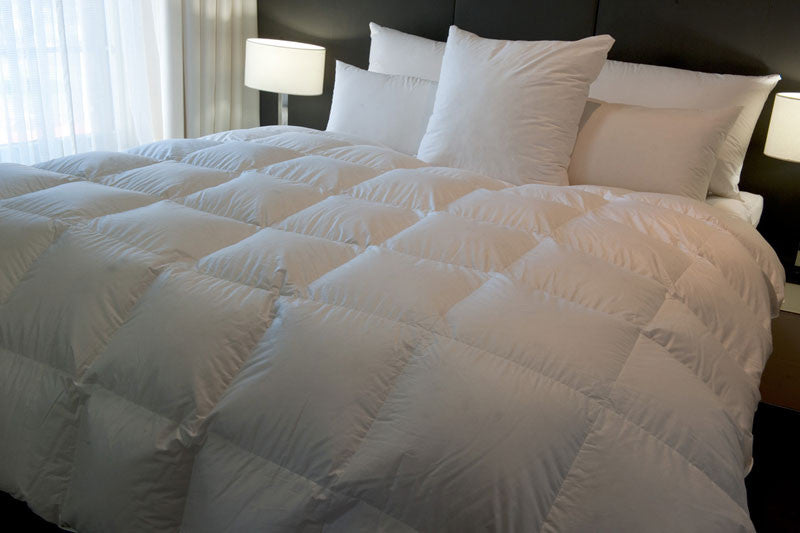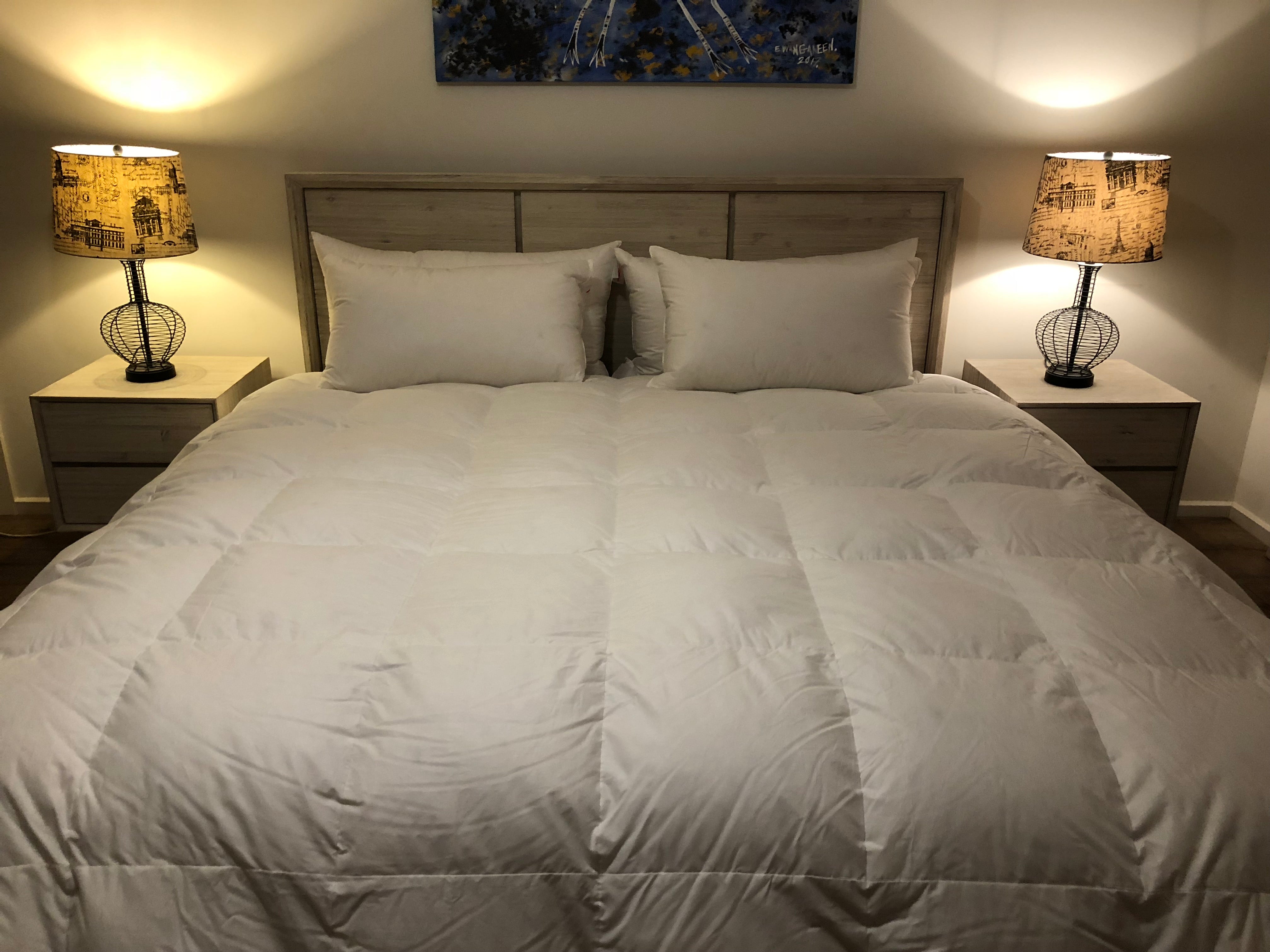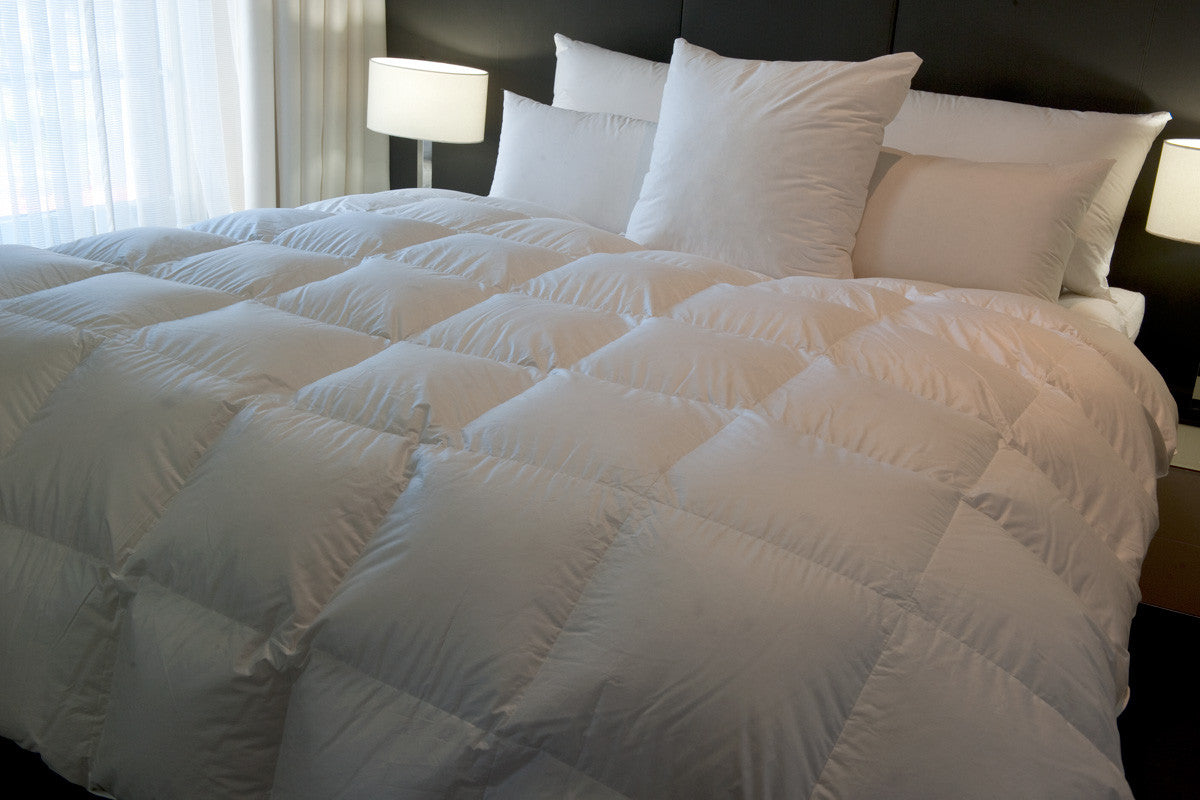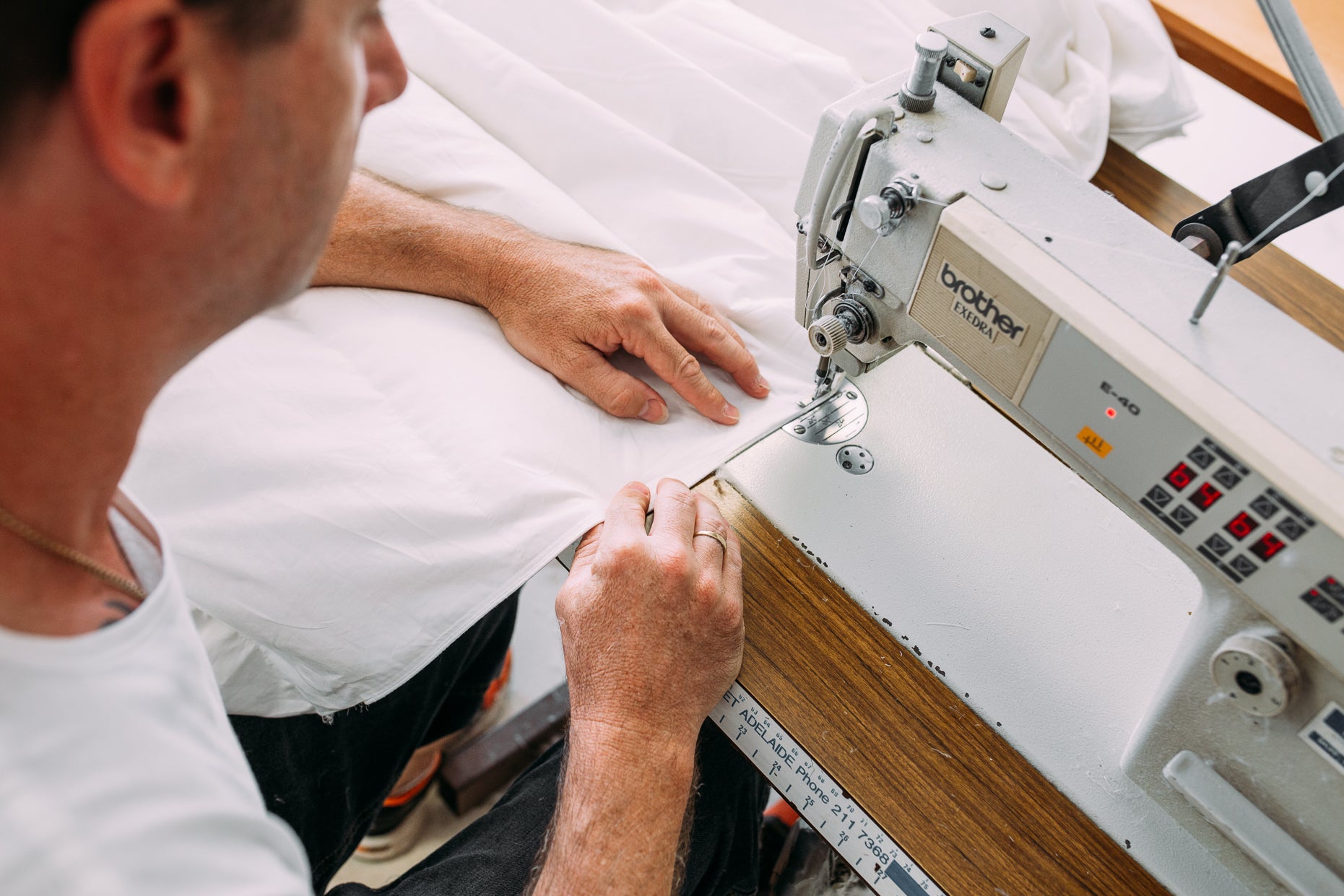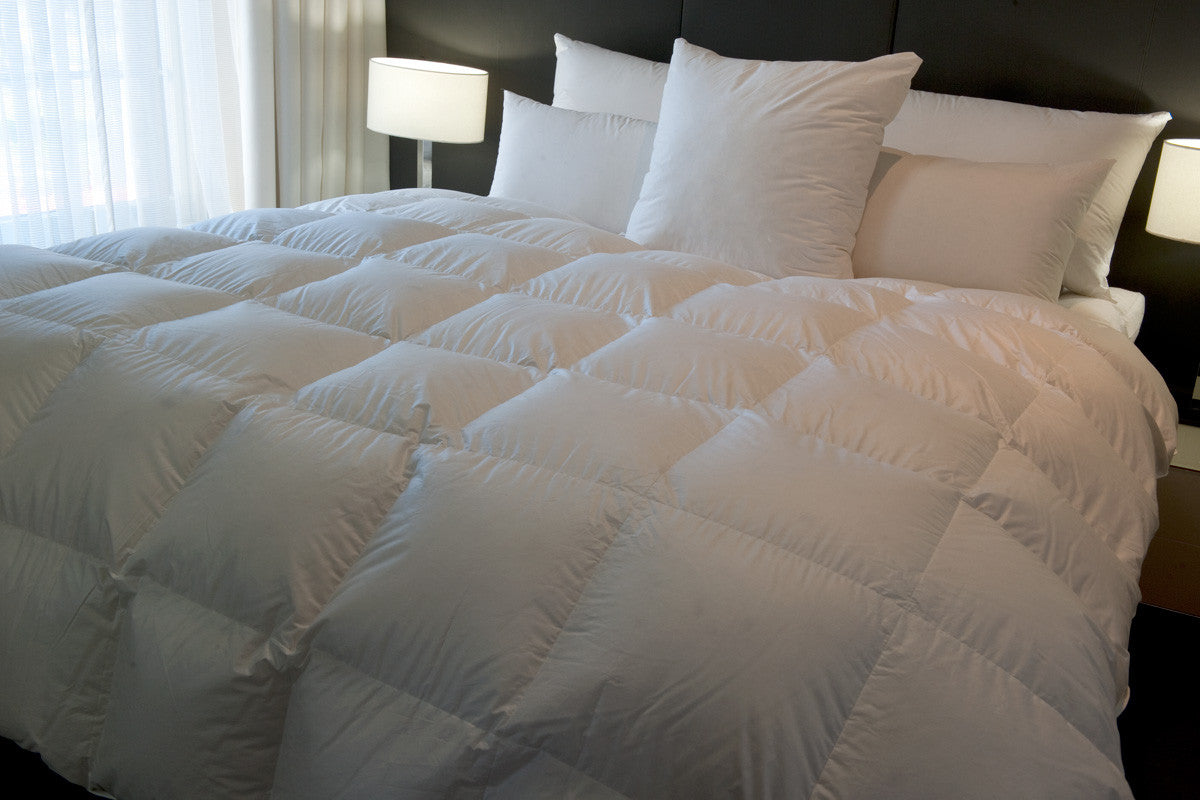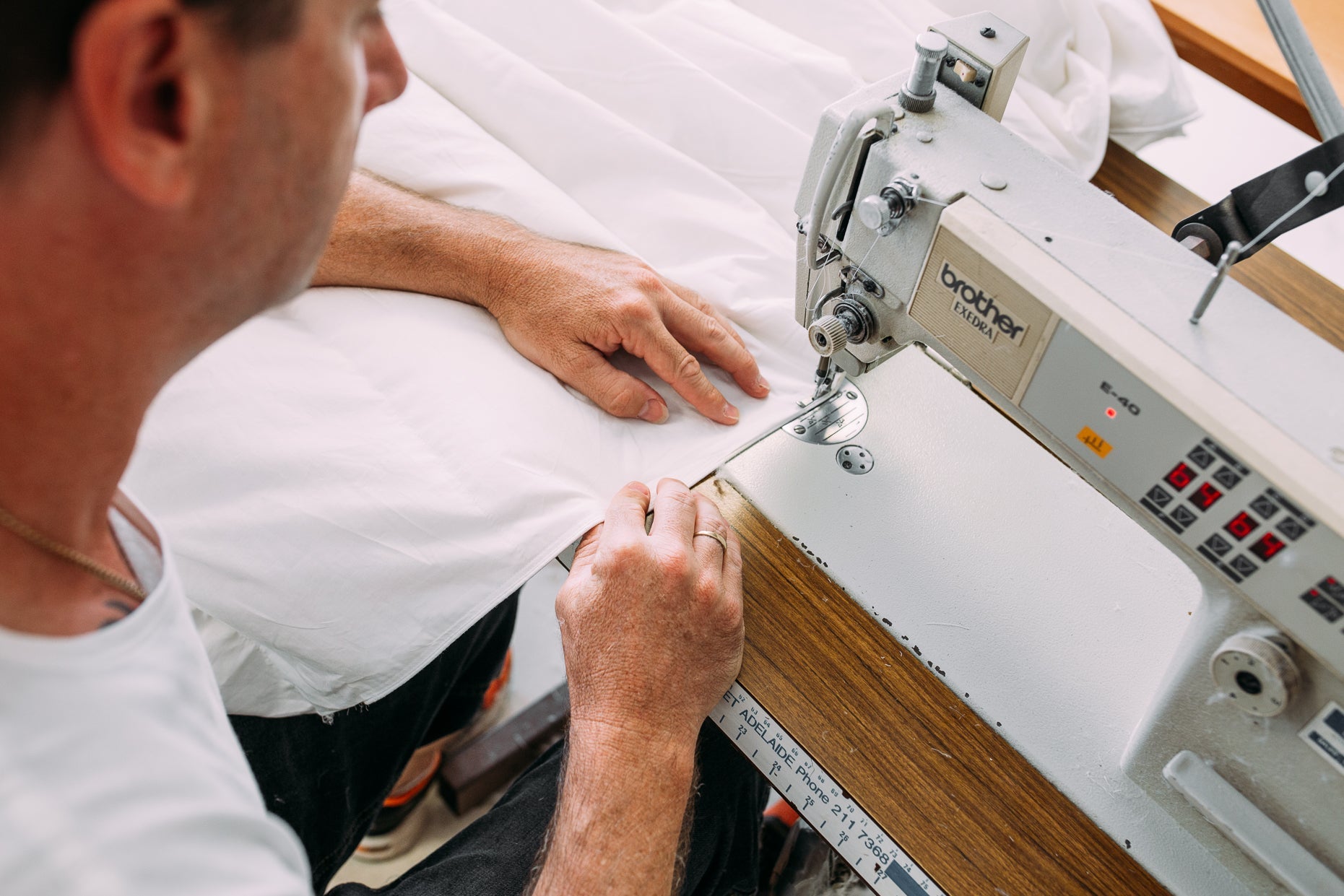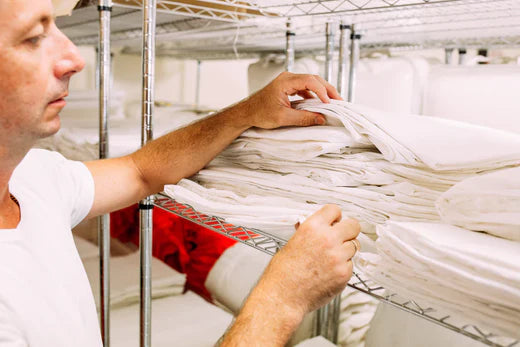
Understanding Thermal Resistance (TOG) in Quilts and Doonas
When shopping for quilts or doonas, you might notice the term "TOG rating" thrown around. But what exactly does it mean, and why should you care? Let’s break it down into simple terms to help you find the perfect quilt for your needs.
What is Thermal Resistance (TOG)?
TOG (Thermal Overall Grade) is a measure of thermal resistance, essentially indicating how well a material can retain heat. It was originally used to rate the warmth of blankets, quilts, and doonas, but it can also apply to other bedding and clothing items like mattress toppers. In the context of quilts and doonas, a higher TOG rating means the material is better at trapping warmth, making it suitable for colder weather.
In simple terms:
- Higher TOG = More warmth
- Lower TOG = Less warmth
TOG ratings range from around 1 to 15, with lower values (e.g., 4.5 TOG) indicating lighter, cooler quilts ideal for summer, and higher values (e.g., 13.5 TOG) indicating heavier, warmer quilts for winter use.
Key Features of TOG Ratings:
-
Seasonal Suitability:
- Low TOG (1-4.5): Ideal for summer months or hot climates. Provides light coverage without making you too warm.
- Medium TOG (7-10): Great for autumn or spring, where nights may be cooler but not too cold.
- High TOG (12-15): Perfect for winter or colder climates, offering maximum warmth and insulation.
- Versatility: Many quilts are designed with adjustable or all-season features. You can combine two quilts of different TOG ratings to create an adaptable bedding solution. For example, a 4.5 TOG quilt paired with a 9.0 TOG quilt can keep you comfortable year-round by using them separately in warmer months and combining them during winter.
- Material Influence: The material used in a quilt significantly affects its thermal resistance. Natural fillings like down or wool often provide more warmth with less weight compared to synthetic options.
- Comfort Considerations: TOG isn’t the only factor determining comfort. You’ll also need to consider the quilt’s breathability, weight, and how it feels against your skin. A high TOG quilt made from a breathable material like cotton or bamboo can still feel light and comfortable.
Frequently Asked Questions (FAQs)
1. What TOG rating should I choose for my quilt?
- It depends on the season and your local climate. For summer, opt for a TOG between 1 and 4.5. In spring and autumn, a medium TOG (around 7-10) works well. For winter, especially in colder regions, a quilt with a TOG of 12 or higher will keep you warm.
2. Does TOG rating affect the weight of a quilt?
- Not necessarily. The TOG rating measures warmth, not weight. You can find lightweight quilts with high TOG ratings, especially when made from materials like goose down, which provide excellent insulation without bulk.
3. Is a higher TOG always better?
- No. A higher TOG is only better if you need extra warmth. Using a 15 TOG quilt in the middle of summer would make you uncomfortably hot. It’s about choosing the right TOG for your environment and personal comfort level.
4. Can I combine quilts to adjust the TOG?
- Yes! Many quilts are designed to be clipped together, allowing you to combine them for a higher TOG rating. This is useful if you want a versatile bedding solution for all seasons.
5. How does the filling affect the TOG rating?
- Different fillings provide different levels of insulation. Down and wool are more effective at trapping heat, so you can achieve a higher TOG rating with less filling compared to synthetic materials. This means a down-filled quilt with a high TOG rating will feel lighter than a synthetic-filled one with the same TOG.
6. Is TOG rating the same for children's bedding?
- No. Children's quilts generally have lower TOG ratings to ensure they don't overheat. For safety reasons, quilts for babies and toddlers typically range between 1 and 4 TOG.
Final Thoughts
When it comes to choosing the right quilt or doona, understanding the TOG rating can help you make the right decision. Whether you need something lightweight for summer or a heavy-duty option for winter, knowing the warmth level your quilt offers will ensure a more comfortable night's sleep. Don’t just focus on TOG, though—consider the material and how it aligns with your personal preferences and climate.

